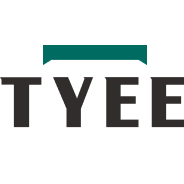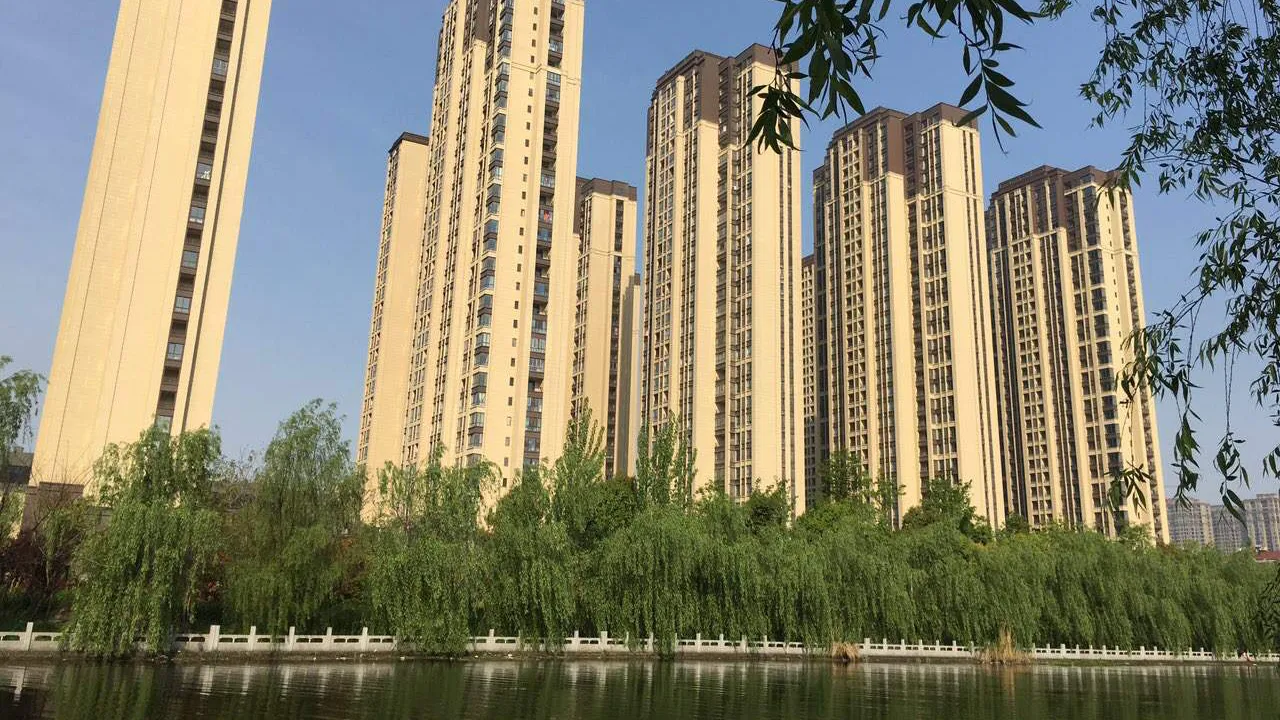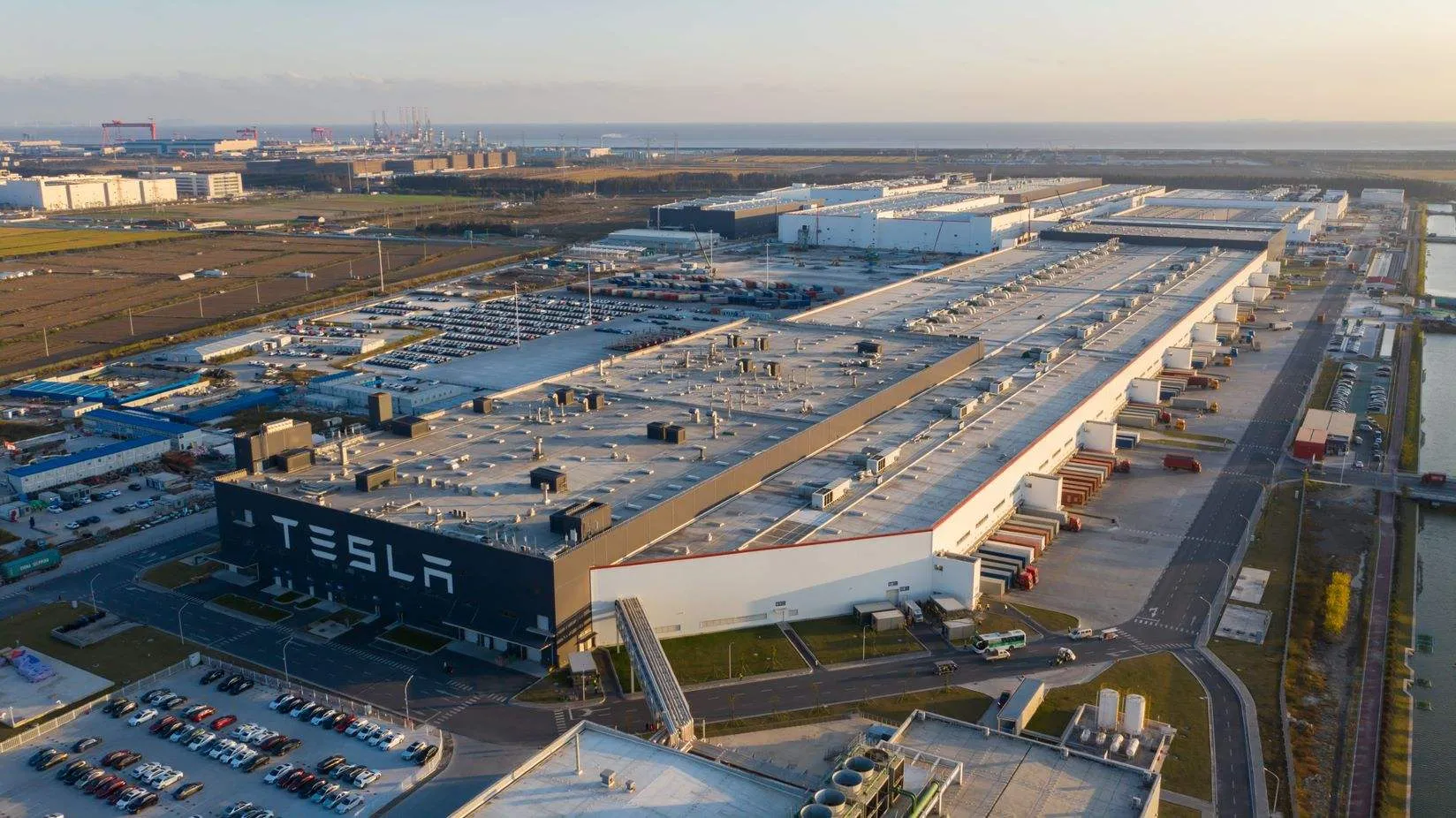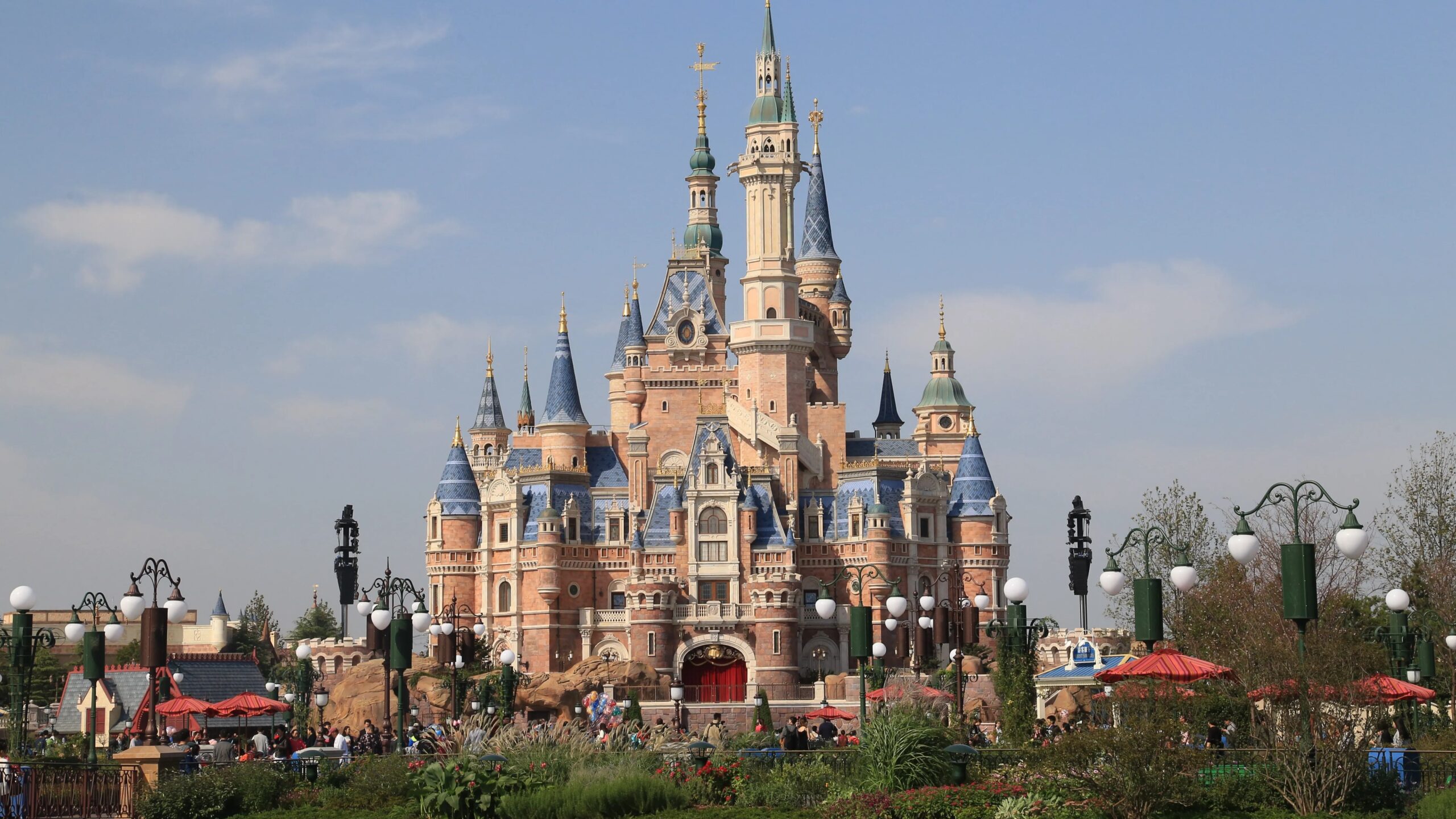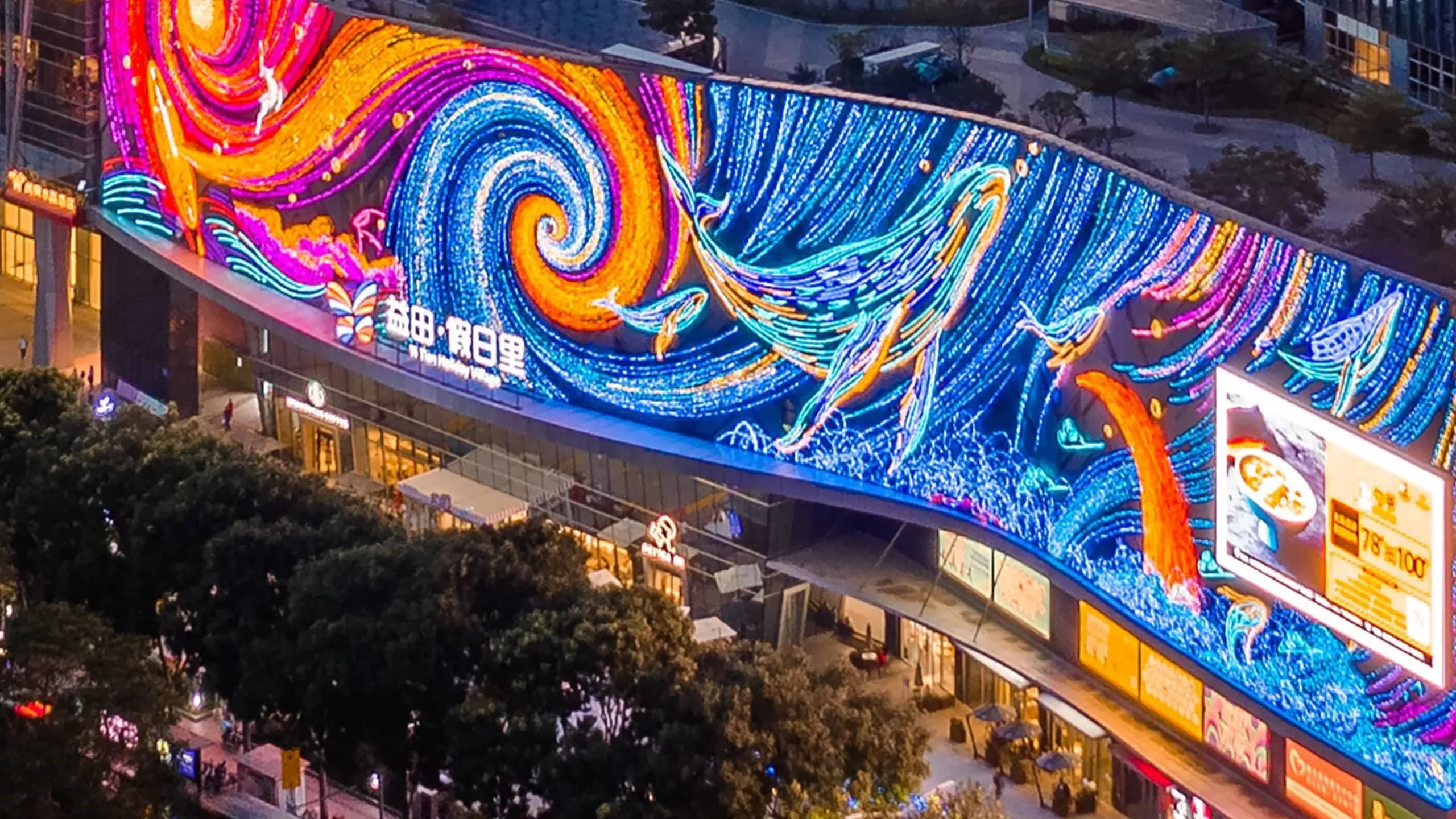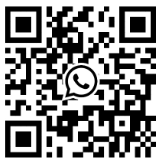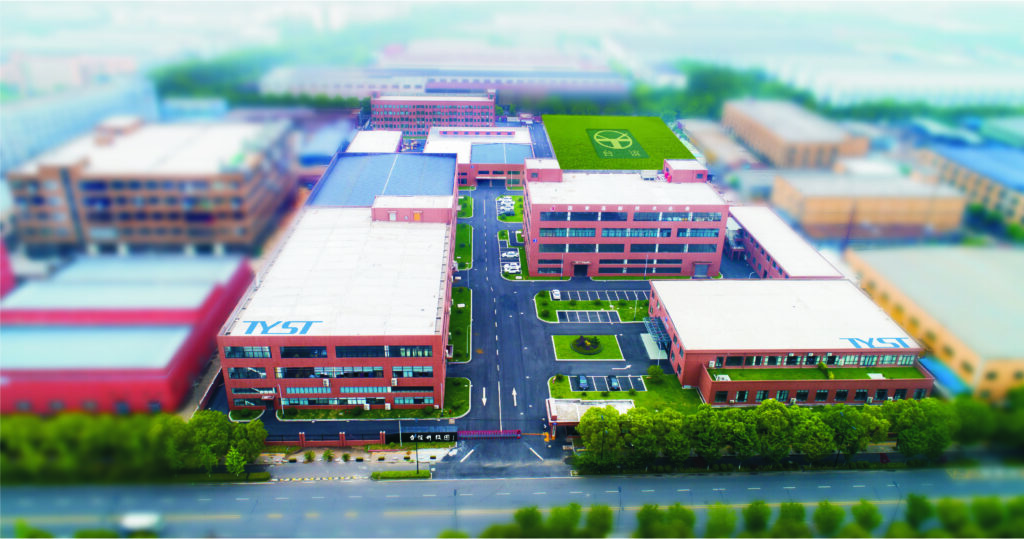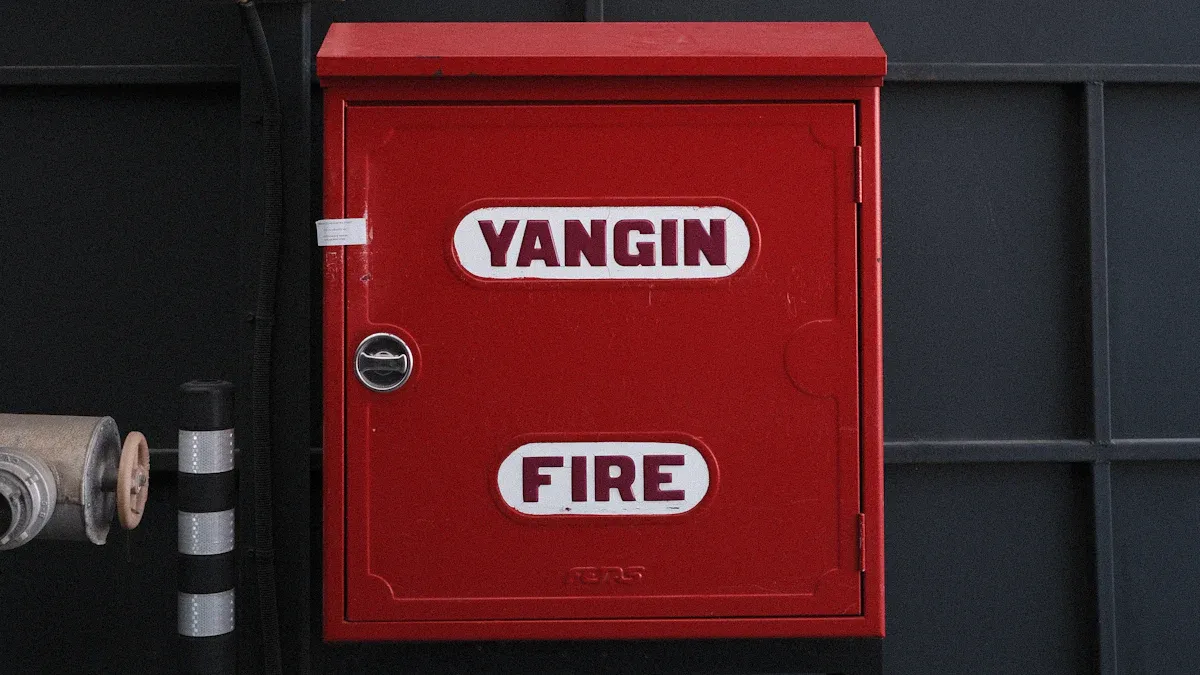
You face unique challenges when managing cold chains or data centers. Critical goods and data require reliable fire protection to prevent significant losses or operational downtime from even minor fires. You need advanced fire safety solutions that detect hazards early and respond quickly. Tyee provides tailored fire safety solutions using smart technology and trusted products. Rely on expertise and innovation to keep your operations secure.
Key Takeaways
Cold chains and data centers have special fire dangers. Their equipment and spaces are different. They need special fire safety plans.
Smart sensors and alarms can find fires early. This helps stop fires before they get big. It also lowers the cost of damage.
Fast fire suppression systems use clean agent gases or water mist. These protect important equipment. They do not cause extra damage.
Fire-resistant walls, doors, and barriers slow down fire spread. This gives people more time to leave safely.
Regular tests, system checks, and risk reviews keep fire safety strong. These steps help meet safety rules and standards.
Fire Hazards in High-Risk Facilities
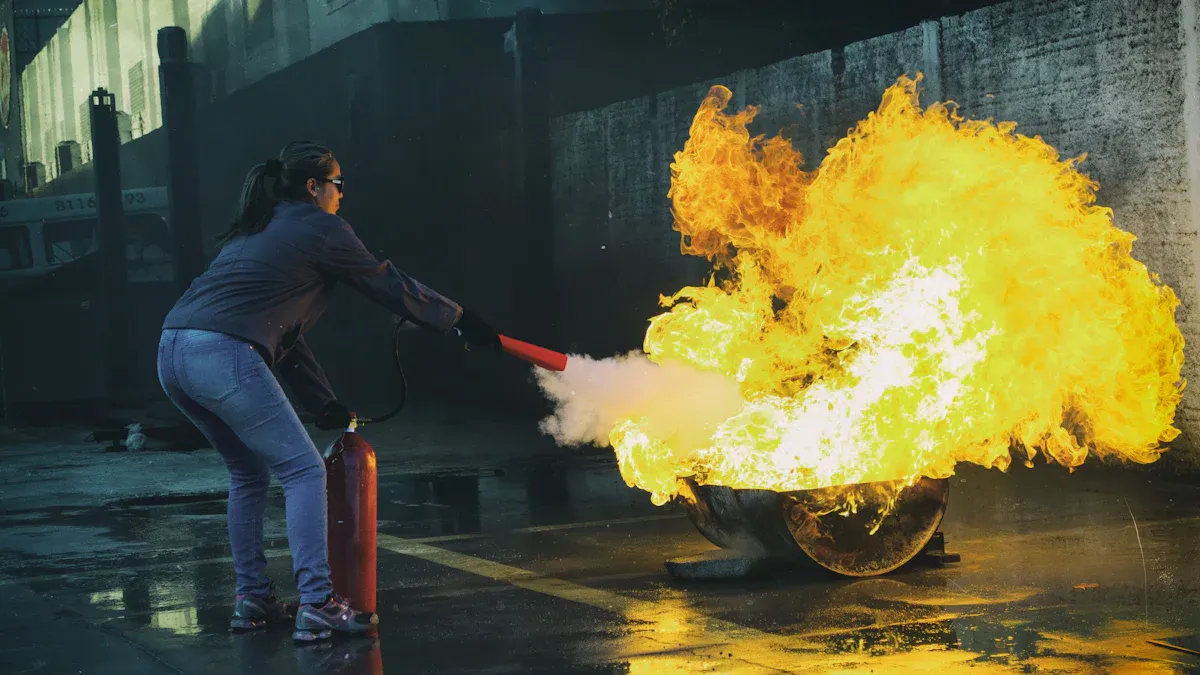
Cold Chain Risks
You work in cold chain facilities that keep goods cold. These places have special fire dangers. The cold and special machines make risks different from regular warehouses. Things like cardboard and polystyrene can burn fast. The insulation in walls and ceilings can catch fire easily. Electrical systems run a lot to keep things cold, so problems can happen more often.
Here is a table that lists the main reasons fires start in cold storage:
Cause Category | Explanation |
|---|---|
Combustible Packaging Materials | Cardboard boxes, polystyrene trays, and pallets can burn and help fires grow. |
Heat Sources | Bright lights get very hot and can start fires. |
Electrical Equipment Faults | Problems with wires and lights cause many fires in warehouses. |
Refrigeration Systems | Ammonia in cooling systems can make fires worse if there is too much. |
Operational Risks | Forklifts, hot work, and arson are big reasons for fires in these places. |
Fire Suppression System Issues | Sprinklers can freeze or get icy, so they may not work well. |
Cold storage places also have lots of airflow, which brings in more oxygen and makes fires harder to find. Dry air helps fires move fast. Dangerous refrigerants and lithium-ion batteries make things riskier. You need fire detection and suppression systems made for cold and tough places.
Tip: Check your fire suppression systems often to stop ice from building up and make sure they work well.
Data Center Risks
You run data centers with important servers and information. These rooms have lots of electrical equipment, which brings fire dangers. Fires can start in server rooms from broken hard drives, bad wires, or hot lights. Cables under the floor can break and help fires move up. Control rooms and UPS rooms can have bad wires or batteries that let out dangerous gases.
Common fire sources in data centers are:
Uninterruptible power supplies (UPS), which cause small fires and smoke.
IT equipment, which can get too hot or break.
Human mistakes, things left behind, and arson, which are not as common but still risky.
One fire in a data center can cost a lot of money. For example, a fire in a bank’s server room caused over $1.2 million in damage because of downtime and fixing data. Many banks never open again after a big fire. Fixing everything can take months and cost more than good fire protection.
Using advanced detection and suppression systems in your data center helps stop expensive problems and keeps your data safe.
Fire Safety Solutions Overview
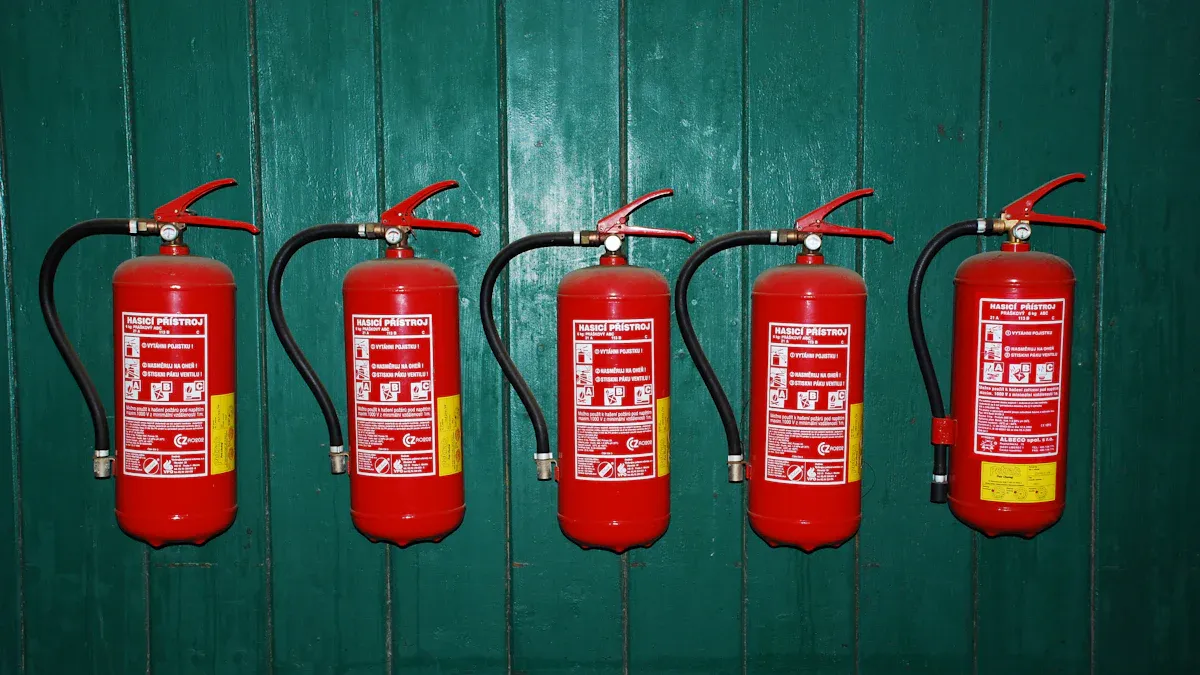
If you run cold chains or data centers, you need Fire Safety Solutions. These places have special dangers. You must use good detection, strong suppression, and passive protection. This keeps people, things, and work safe. Tyee gives you Fire Safety Solutions that work together. They help you find problems early, act fast, and stop big trouble.
Detection Systems
Early detection stops small fires from getting worse. New Fire Safety Solutions use many tools to find fires quickly. In cold chains and data centers, you need detectors for smoke, heat, and flames. Spot-type smoke detectors, like photoelectric ones, work well in data centers. They help stop false alarms and find fires early. Air-aspirating smoke detectors, like VESDA-E, check air all the time. They warn you before you see smoke. These systems protect server halls, battery rooms, and under floors.
Tyee’s fire alarm systems use smart detectors and clever computer programs. They read signals fast and change when the room changes. This is important when temperatures or airflow go up and down. You can see live data and get alerts in seconds. This helps you act before fire spreads.
Tip: Put detectors under raised floors and above ceilings. This helps you find fires where wires and machines can get too hot.
You also get help from smart monitoring tools. Cameras and sensors watch all day and night. Computer vision and deep learning look at pictures for fire signs. This lowers false alarms and helps you act faster. Automatic systems can sound alarms and start suppression right away.
Suppression Technologies
When a fire starts, you need systems that work fast. These systems must protect important equipment. Fire Safety Solutions for data centers and cold chains use clean agent gases, like FM-200 or Novec 1230. These gases put out fires quickly. They do not leave a mess or hurt electronics or goods. They stop the fire’s chemical reaction or take away heat. Oxygen stays safe for people.
Water mist systems are another choice. They use tiny drops to cool fires and lower oxygen. They use less water than regular sprinklers. This means less water damage, which is good for data centers and cold storage. Hybrid systems mix gases with water mist for better protection and less mess.
Here is a table that compares suppression technologies:
Technology | Advantages | Considerations |
|---|---|---|
Clean Agent Gas (FM-200, Novec 1230) | Fast, no mess, safe for electronics | Costs more, needs tight rooms |
Water Mist | Less water, little damage, good for nature | May not work for all fires |
Inert Gas (Inergen) | Safe for electronics, no water mess | Needs special nozzles, upkeep |
Sprinkler | Cheap for less important areas | Water can hurt sensitive items |
Tyee’s controllers and system links ensure suppression works quickly. You can configure these systems for each part of your building, making sure the right response happens in every area.
Note: Test and check your suppression systems often. This makes sure they work when you need them.
Passive Protection
Active systems work best with passive fire protection. Passive Fire Safety Solutions use strong materials and smart building plans. These slow down fire and smoke. You make fire zones with walls, doors, and barriers. These keep fire in one spot. This gives you more time to leave and lowers damage.
Role/Function | Explanation |
|---|---|
Walls and doors keep fire from moving around | |
Extending Evacuation Time | Strong materials slow fire, giving people more time |
Smoke Control | Sealed doors and walls keep paths clear of smoke |
Protecting Structure | Coatings protect beams and columns from heat |
Sealing Penetration Points | Sealants block holes around pipes and wires |
Reducing Repair Costs | Barriers limit damage, so repairs are faster and cheaper |
Compliance | Meets rules and safety laws for risky places |
Use fire-resistant insulation, coatings, and sealants on walls, ceilings, and cable holes. These keep escape paths safe and protect your building. Tyee’s emergency lights and signs show people the way out. They help even if smoke or power goes out.
Remember: Passive protection works by itself. It does not need to be turned on, so it is always ready to help your building.
When you use detection, suppression, and passive protection together, you build strong defense. Tyee’s Fire Safety Solutions help you follow rules, protect your things, and keep your business safe from fire.
TYEE Product Applications
Automatic Fire Alarm System
You need quick fire detection in places like cold chains and data centers. The TYEE Automatic Fire Alarm System gives strong protection. It uses smart sensors and clever computer programs to find smoke, heat, or fire fast. You can act before a small problem gets worse.
Here is how the TYEE Automatic Fire Alarm System helps your building:
Feature Category | Description and Benefits |
|---|---|
Detection Technology | Smart sensors and software find smoke, heat, and fire quickly. Fire signals process in less than 3 seconds, so you get early warnings. |
Alert System | Loud alarms and bright lights tell people to move fast. |
Monitoring and Control | A main panel lets you watch and control everything. You can link many panels for big buildings. |
Emergency Lighting & Evacuation | Works with emergency lights and signs to guide people out safely. Escape routes change if fire blocks a path. |
Durability and Environmental Resistance | IP65 rating keeps the system safe from water and dust. It works in tough places, from -20°C to 55°C. Battery backup lasts at least 90 minutes. |
Smart Integration | AI helps plan escape routes and connects with building controls for real-time updates. |
Certifications and Quality | Certified by ISO, UL, CE, and more. Every product passes strict tests. |
Real-world Validation | Used in hospitals, schools, and factories. Proven to help people evacuate faster and safer. |
You can connect the TYEE Automatic Fire Alarm System with sprinklers, hydrants, emergency lights, and building controls. The system uses IoT and AI to make detection better and lower false alarms. The main panel is the brain, handling all signals and making sure you get the right alerts and actions. This is why many experts pick TYEE for Fire Safety Solutions in important places.
Tip: Put detectors under raised floors and above ceilings in data centers. This helps you find fires where cables and machines can get too hot.
Emergency Lighting and Evacuation
When a fire starts, you must help everyone get out safely. TYEE’s Emergency Lighting and Evacuation Indication System lights the way, even if smoke fills the room or the power goes out. The system uses bright LED signs and smart sensors to guide people away from danger.
Here is what makes TYEE’s system special:
Feature/Aspect | Description/Impact on Safety |
|---|---|
Activation Speed | Lights turn on in less than 3 seconds after a fire alarm. |
Visibility | Bright LEDs stay clear, even in smoke or darkness. |
Dynamic Escape Routes | AI and sensors change escape routes if fire blocks a path, keeping people safe. |
Reliability | System works over 99.9% of the time. Battery backup lasts at least 90 minutes. |
Durability | IP65 rating protects against water, dust, and rust. Works in cold, wet, or hot places. |
Compliance | Meets top safety standards like CE, UL, and ISO9001. |
Maintenance | Monthly tests and clear records keep the system ready. |
Centralized Control | Main panel lets you check and control everything from one place. |
Real-World Applications | Used in hospitals, schools, and factories. Helps people evacuate faster and with less panic. |
You must follow strict rules for emergency lighting in data centers and cold chains. OSHA and NFPA say exits must be bright and have backup power for at least 90 minutes. TYEE’s system meets these rules and works in tough places, from freezing cold to hot warehouses. You can trust it to show the way out, no matter what.
Note: Test and check your evacuation system often. Smart monitoring keeps it ready for any emergency.
Fire Alarm Controller
You need a smart way to manage all your fire safety devices. TYEE’s Fire Alarm Controller gives you real-time control and monitoring. The system connects to sensors, alarms, emergency lights, and even video cameras. You see everything from one screen.
Here is how the Fire Alarm Controller helps you:
IoT sensors track smoke, heat, gas, and fire exits. Data goes to the main panel for instant alerts.
AI checks the data to spot real fires and cut down on false alarms.
You get alerts on your phone, so you can act fast, even if you are not on-site.
A cloud platform stores all your fire safety data, inspection logs, and emergency plans. You can check this from anywhere.
Battery backup keeps the system running for at least 90 minutes during power loss.
The controller links with sprinklers and emergency lights for a fast, coordinated response.
Video AI watches exits and escape routes, making sure nothing blocks the way.
The system checks electrical safety and water supply for firefighting, warning you early about risks.
TYEE’s controller works over 99.9% of the time and passes strict quality tests.
You get a complete Fire Safety Solution that helps you spot problems early, respond quickly, and keep your building safe.
Pro Tip: Use the cloud platform to review inspection logs and emergency plans. This helps you stay ready for audits and emergencies.
Non-addressable System
If you run a smaller cold chain or data center, you may want a simple and cost-effective fire alarm. TYEE’s Non-addressable Fire Alarm System gives you basic protection. It uses zone-based wiring, so you group devices by area.
Here is how it compares to addressable systems:
Aspect | TYEE Non-addressable (Conventional) Fire Alarm System | TYEE Addressable Fire Alarm System |
|---|---|---|
Scalability | Good for small sites. Adding more zones needs extra wiring and work. | Easy to expand. Add devices without much rewiring. |
Maintenance | You check each device in a zone to find faults. Takes more time. | Find faults fast with device addresses. Less downtime. |
Installation | Uses more wires. Can be complex for big sites. | Loop wiring saves time and cost. |
Suitability | Best for small or simple buildings. | Best for large, complex buildings. |
You get a reliable system that works well for smaller spaces. TYEE’s non-addressable system is easy to use and maintain. For bigger or more complex sites, you may want to choose the addressable system for better scalability and easier maintenance.
Remember: Pick the system that fits your building size and needs. TYEE offers both options for complete Fire Safety Solutions.
Implementation Best Practices
Risk Assessment
You need a strong plan to check for risks. Start by looking at your building and how you use technology. Watch your facility with CCTV, motion sensors, and biometric scanners. Only trusted people should enter important areas. Practice fire drills and safety exercises often. Look at past problems to find weak spots and fix them. Make charts that show big risks, affected systems, and possible damage. Check for dangers from nearby places, natural disasters, and water leaks. Review each asset carefully, especially if you have more than one site. Teach your team to spot risks and follow safety rules. Keep safety plans and procedures easy to find. Hold meetings often so everyone stays ready and knows what to do.
Standard Name | Applicability | Competency Framework | Legal Alignment | Purpose |
|---|---|---|---|---|
All sectors | Three levels | Supports Building Safety Act 2022, Fire Safety Act 2021 | Sets benchmarks for assessor competence |
Tip: Use big data and analytics to track risks and help with disaster recovery planning.
System Integration
You make your building safer when you connect fire systems with controls. Build a plan that links smoke detectors, alarms, suppression systems, HVAC, and power supply. Put fast smoke detectors in places with lots of air flow, like cold aisles and air intakes. Pick the right suppression system for your space, like water mist or clean agent gas. Connect fire safety systems to your Building Management System (BMS). This lets you control air, power, and doors during emergencies. Make a power isolation plan to shut down equipment safely. Use fire-rated walls, clear exits, and strong signs. Test and check your systems often. Good planning helps you connect everything well. When you join systems together, you save money and make reports easier. Watching everything from one place helps you act fast and keeps your building safe.
Centralized data helps you find problems early and plan repairs.
Automatic actions, like shutting down HVAC or unlocking doors, help stop fire spread.
IoT sensors watch how many people are inside and show safe ways out.
Note: Integration helps your building grow and makes it easier to follow safety rules.
Testing and Upgrades
You must test and upgrade your fire safety systems often. If you skip checks, you could get fines or have broken systems. Equipment that does not work can cause injuries, deaths, and expensive repairs. Insurance companies may raise your rates or not give discounts if you do not keep records. Regular checks help you find problems before they get worse. Trained experts should look at your systems and suggest upgrades. Keep all records up to date to avoid trouble. Upgrading your systems helps you follow NFPA and OSHA standards. Well-kept systems lower the chance of closing your business and protect your reputation.
Regular testing finds problems early and keeps systems working.
Upgrades help you meet new safety rules and work better.
Good records help you follow rules and pass audits.
Pro Tip: Buildings with working sprinkler systems have fewer fire deaths and injuries. Make inspections a top priority.
You keep your building safest when you use new Fire Safety Solutions, smart tools, and keep systems updated.
Pick fire suppression that does not harm important equipment.
Use fire-rated walls and doors to stop fires from spreading.
Always follow safety rules and add things like water leak sensors.
Connect TYEE’s certified systems for quick alerts and live monitoring.
Use automation and IoT to make safety better and work easier.
Talk to fire safety experts and trust TYEE to help your building stay safe and follow the rules.
FAQ
What makes TYEE fire safety solutions suitable for cold chains and data centers?
TYEE gives you smart detection and quick action. Their systems can adapt to very hot or cold environments, helping protect important equipment. You can count on TYEE to keep your assets and data safe.
How often should you test your fire safety systems?
Test your fire safety systems every month. Have a professional check them at least once a year. Regular checks help you find problems early. This keeps your building safe.
Can TYEE systems integrate with existing building management systems?
Yes, TYEE fire safety products connect with most building management systems. This lets you watch and control everything from one place. You can act fast if there is an emergency.
What should you do if a fire alarm goes off in a data center?
Stay calm and follow your escape plan. Use the exits shown by TYEE lights and signs. Do not try to save computers or equipment. Let trained workers handle the fire.
Do TYEE products meet international safety standards?
Yes, TYEE products have certifications like ISO, UL, and CE. You can trust their quality and know they follow world fire safety rules.

